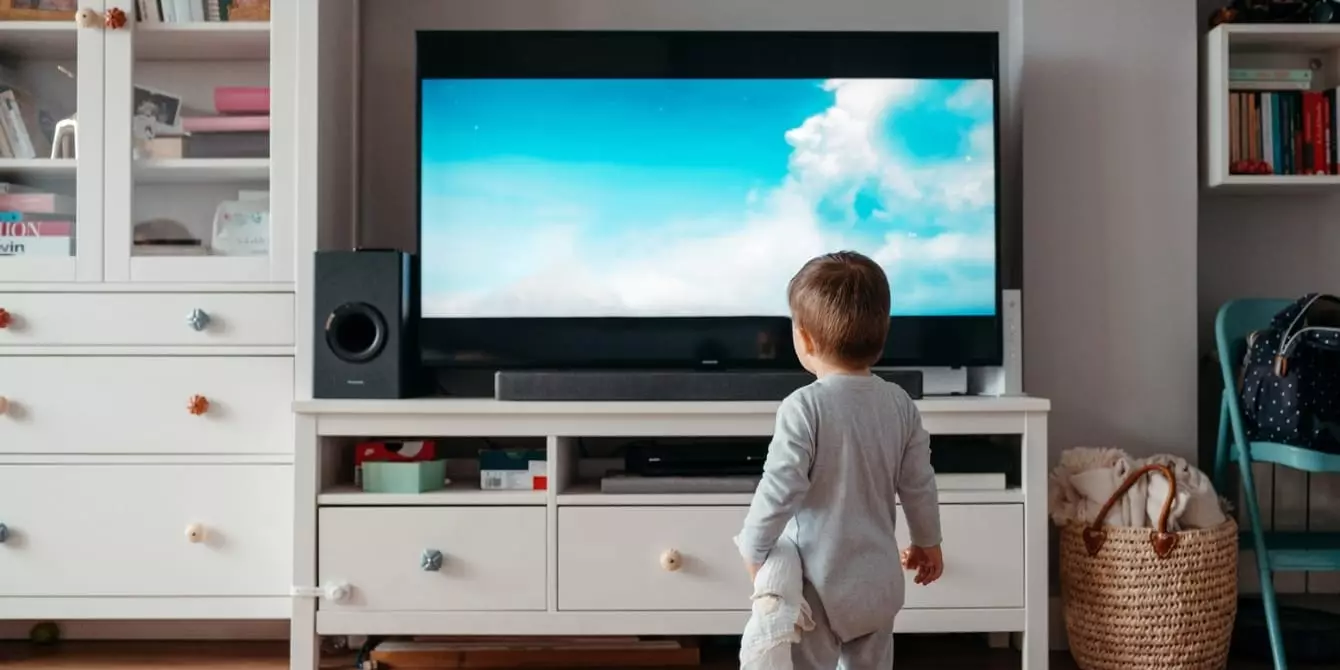In an age where digital devices dominate our daily existence, the idea of raising children without screens appears increasingly rare. However, embracing a screen-free approach can significantly enrich the lives of both parents and children. As someone who has consciously chosen a path less traveled in contemporary parenting, I can attest to the benefits of this lifestyle. Living in a hyper-connected world often leads to children losing the simple joys of being young. The urge to engage them with screens can be strong, but allowing kids to grow up with minimal technology encourages creativity, connection, and emotional well-being.
When my three children were born, I made a deliberate decision not to introduce screens into their lives early on. It was not a disregarding of modern technology; rather, it was more about protecting their childhood innocence. Those precious early years are fleeting, and I believed that inundating them with screens would siphon away their innate curiosity and joy. Instead of handing them tablets or turning on the television, my husband and I encouraged them to engage with the world in a different, more enriching manner.
Understanding the Impact of Screens
Research has steadily emerged warning about the negative effects of prolonged screen time on young children. It’s been shown that early exposure to screens can hinder critical emotional and cognitive development. Digital devices often replace important experiences, like imaginative play and direct human interaction. This shift affects fundamental aspects of childhood development, such as problem-solving skills and social interactions. Understanding this, it becomes imperative for parents to cultivate an environment that minimizes screen exposure.
As children begin to associate gadgets with immediate gratification, they inevitably crave more of this hyper-stimulating input. The problem lies not just in their consumption of screens but in how these screens alter their perception of reality. Without careful management, screens can foster an unhealthy reliance that detracts from their ability to find joy in the simpler aspects of life. By limiting their access to such devices, we can counteract this disturbing trend and promote healthier habits.
Creating Engaging Alternatives
One of the critical aspects of our parenting strategy was replacing screen time with engaging activities. I vividly remember the countless hours we spent crafting together, building forts from blankets, or experimenting with simple kitchen ingredients. These activities produce laughter, bonding, and cherished childhood memories that screens simply cannot replicate. When children occupy themselves with toys that spark imaginative play, they develop essential skills, including creativity and adaptability.
Providing the right kind of toys is vital. Opt for items that can be manipulated in various ways—stacking blocks, art supplies, or simple puzzles. In our home, we believe in the power of everyday items. A cardboard box can become a spaceship, a fort, or anything a child’s imagination can conjure. This mentality teaches children to think outside the box, developing their problem-solving abilities while also fostering independence.
Embracing Nature for Holistic Development
Alongside engaging indoor activities, exposure to the outdoors is crucial in a child’s development. Fresh air and natural surroundings offer numerous benefits, soothing the senses while stimulating exploration and physical activity. Whenever my children displayed signs of restlessness, venturing outside often worked wonders. Even a short walk or time spent observing the intricate details of nature can captivate a child’s attention, igniting a sense of wonder and curiosity about the world around them.
The Scandinavian practice of allowing babies to nap outdoors speaks volumes about the value of nature. Outdoor sounds and fresh air can create a soothing environment, promoting better sleep patterns and emotional calm. It’s a testimony to how returning to nature can provide holistic benefits for children—less stimulation than a screen, but ample engagement with the world.
Establishing Healthy Routines
Creating routines anchored in predictability can significantly minimize meltdowns and amplify parental peace of mind. An established schedule for mealtimes, naps, and play fosters a structured yet flexible environment, reducing the temptation for screens to fill the void. Consistently guiding children through their day empowers them to understand when to engage in various activities, making transitions smoother and healthier.
Moreover, cultivating a lifestyle that emphasizes connection is invaluable. When I wore my babies in a sling, it fostered closeness while allowing them to observe and learn from their surroundings. This intimate interaction contrasts sharply with passive screen engagement, encouraging children to participate in the world vibrantly and actively.
In every parenting journey, establishing healthy habits is critical. Starting as we mean to go on helps ensure that children adapt and thrive in a screen-free upbringing. By nurturing curiosity and giving children the freedom to explore their environment, we lay the foundation for a happier, healthier childhood. Ultimately, parenting doesn’t have to fall in line with modern norms; it can be an enriching adventure when we choose to prioritize play, creativity, and connection over screens.

